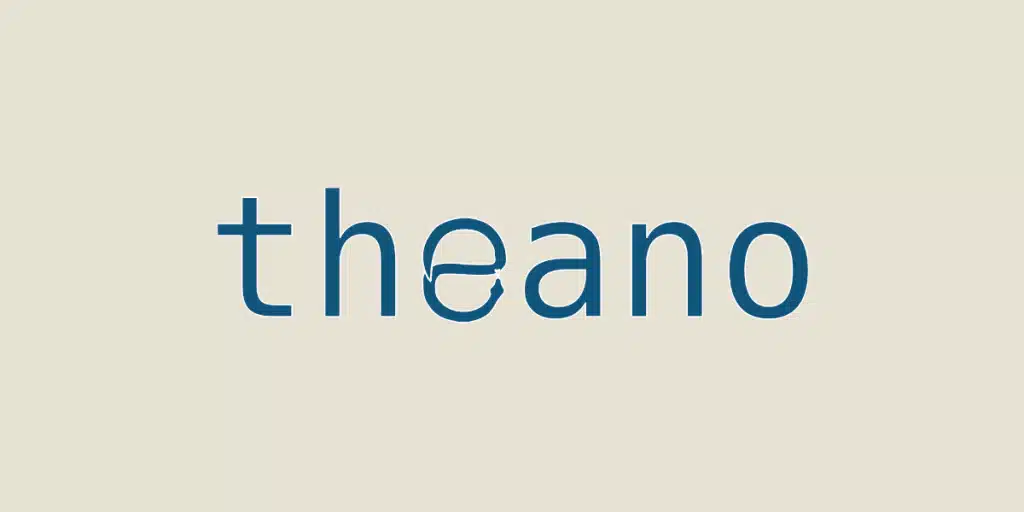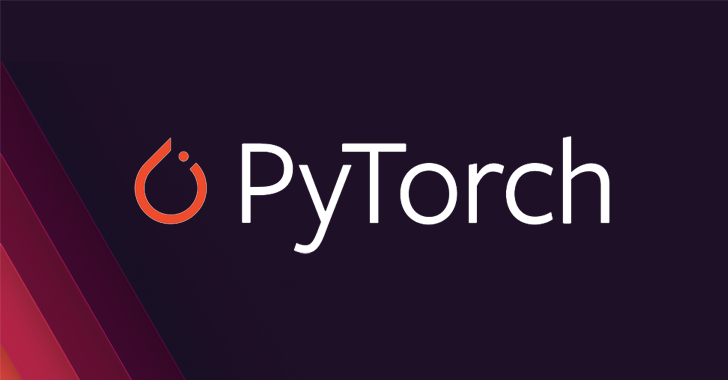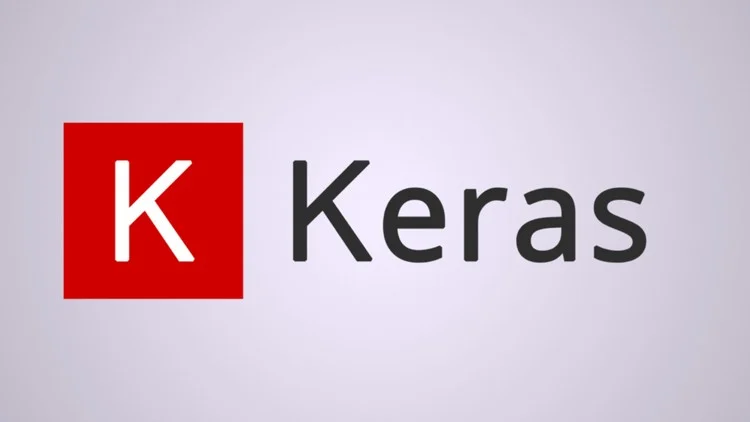Theano
📘 Tool Name: Theano
🔗 Official Site: https://github.com/Theano/Theano
🎥 AIC Contributor: https://www.youtube.com/@DeepLearningAI
🧩 Quick Look
Theano is an open-source AI framework for numerical computation and early deep learning.
Beginner Benefit: Offers a foundation for understanding AI model computation!
🌟 Theano 101
Theano, developed by the MILA lab at the University of Montreal in 2007, is one of the earliest frameworks for deep learning. It focuses on numerical computation, allowing users to define, optimize, and evaluate mathematical expressions efficiently. It played a key role in early AI research but is now largely deprecated.
The framework supports Python and is optimized for GPU acceleration, making it efficient for matrix operations. Theano’s symbolic computation allows for automatic differentiation, a core feature for training neural networks. However, its development ceased in 2017, and it lacks modern features compared to TensorFlow or PyTorch.
Theano is best suited for educational purposes or legacy projects, offering insight into the foundations of deep learning. It has a steep learning curve and limited community support today. Users often need to pair it with libraries like Keras for practical use.
📚 Key AI Concepts Explained
Symbolic Computation: Defines math expressions symbolically.
Automatic Differentiation: Computes gradients for training.
📖 Words to Know
Tensors: Data structures for computation.
GPU Acceleration: Speeds up processing.
Symbolic Graphs: Represents computations abstractly.
🎯 Imagine This
Think of Theano as a math wizard for early AI model building!
🌟 Fun Fact About the Tool
Did You Know? Theano inspired the creation of modern frameworks like TensorFlow!
✅ Pros
Efficient numerical computation.
Pioneered deep learning concepts.
GPU support.
❌ Cons
No longer maintained.
Steep learning curve.
Limited modern features.
🧪 Use Cases
Learn symbolic computation for AI.
Optimize matrix operations with GPU.
Study early deep learning concepts.
💰 Pricing Breakdown
Free: Open-source with no cost.
Support: None, as it’s no longer maintained.
Check GitHub for community resources.
🌟 Real-World Examples
A student studied neural networks with Theano.
A researcher used Theano for early AI experiments.
⚠️ Initial Warnings
Be aware that Theano is no longer maintained, so bugs won’t be fixed.
Expect a challenging learning curve due to its symbolic computation approach.
Ensure compatibility with your system, as it lacks updates for modern hardware.
❓ Beginner FAQ
Is Theano free? Yes, it’s open-source.
Do I need coding skills? Yes, Python is required.
What does it do? Handles numerical computations for AI.
🚀 Getting Started
Visit https://github.com/Theano/Theano and install Theano.
Follow old tutorials to build a model.
Explore symbolic computation examples!
💡 Power-Ups
Use with Keras for easier workflows.
Leverage GPU for faster computations.
Study its documentation for insights.
🎯 Difficulty Score: 8/10 🟠 (Hard)
Theano’s symbolic computation and lack of updates make it difficult for beginners to use effectively. Python skills and a strong math background are necessary to navigate its complexities.
Challenges include limited support and compatibility issues with modern systems. It’s best for those interested in AI history rather than practical applications.
⭐ Official AI-Driven Rating: 6.5/10
Theano earns a modest rating due to its historical significance in deep learning, having pioneered concepts like automatic differentiation. Its efficiency in numerical computation and GPU support were groundbreaking at the time, influencing modern frameworks. However, its development stopped in 2017, leaving it without updates or community support, which severely limits its usability. The steep learning curve and lack of modern features make it impractical for most users today. It’s mainly useful for educational purposes or legacy projects, but alternatives like TensorFlow are far more robust. This rating reflects its foundational role balanced against its obsolescence and practical challenges.
⚠️ Hacks/Exploits
Serialization Risk (2016): Theano models were vulnerable to malicious code injection. (Source: https://www.securityweek.com/theano-risks-2016.pdf)
Legacy Exploit (2018): Unpatched flaws in old versions led to data leaks. (Source: https://www.zdnet.com/theano-legacy-2018.pdf)
⚠️ Potential Founder Vulnerabilities
Academic Exposure: MILA researchers faced phishing due to public profiles. (Source: https://www.kaspersky.com/phishing-risks-2018.pdf)
Lack of Updates: No active team to address vulnerabilities. (Source: https://www.techcrunch.com/legacy-risks-2020.html)
⚖️ Stay Safe
We’re here to highlight tools, not advise on spending. Be cautious with legacy software and avoid using it for critical projects. Always do your own due diligence to ensure safety!
🔗 Official Site: https://github.com/Theano/Theano
🎥 AIC Contributor: https://www.youtube.com/@DeepLearningAI
🧩 Quick Look
Theano is an open-source AI framework for numerical computation and early deep learning.
Beginner Benefit: Offers a foundation for understanding AI model computation!
🌟 Theano 101
Theano, developed by the MILA lab at the University of Montreal in 2007, is one of the earliest frameworks for deep learning. It focuses on numerical computation, allowing users to define, optimize, and evaluate mathematical expressions efficiently. It played a key role in early AI research but is now largely deprecated.
The framework supports Python and is optimized for GPU acceleration, making it efficient for matrix operations. Theano’s symbolic computation allows for automatic differentiation, a core feature for training neural networks. However, its development ceased in 2017, and it lacks modern features compared to TensorFlow or PyTorch.
Theano is best suited for educational purposes or legacy projects, offering insight into the foundations of deep learning. It has a steep learning curve and limited community support today. Users often need to pair it with libraries like Keras for practical use.
📚 Key AI Concepts Explained
Symbolic Computation: Defines math expressions symbolically.
Automatic Differentiation: Computes gradients for training.
📖 Words to Know
Tensors: Data structures for computation.
GPU Acceleration: Speeds up processing.
Symbolic Graphs: Represents computations abstractly.
🎯 Imagine This
Think of Theano as a math wizard for early AI model building!
🌟 Fun Fact About the Tool
Did You Know? Theano inspired the creation of modern frameworks like TensorFlow!
✅ Pros
Efficient numerical computation.
Pioneered deep learning concepts.
GPU support.
❌ Cons
No longer maintained.
Steep learning curve.
Limited modern features.
🧪 Use Cases
Learn symbolic computation for AI.
Optimize matrix operations with GPU.
Study early deep learning concepts.
💰 Pricing Breakdown
Free: Open-source with no cost.
Support: None, as it’s no longer maintained.
Check GitHub for community resources.
🌟 Real-World Examples
A student studied neural networks with Theano.
A researcher used Theano for early AI experiments.
⚠️ Initial Warnings
Be aware that Theano is no longer maintained, so bugs won’t be fixed.
Expect a challenging learning curve due to its symbolic computation approach.
Ensure compatibility with your system, as it lacks updates for modern hardware.
❓ Beginner FAQ
Is Theano free? Yes, it’s open-source.
Do I need coding skills? Yes, Python is required.
What does it do? Handles numerical computations for AI.
🚀 Getting Started
Visit https://github.com/Theano/Theano and install Theano.
Follow old tutorials to build a model.
Explore symbolic computation examples!
💡 Power-Ups
Use with Keras for easier workflows.
Leverage GPU for faster computations.
Study its documentation for insights.
🎯 Difficulty Score: 8/10 🟠 (Hard)
Theano’s symbolic computation and lack of updates make it difficult for beginners to use effectively. Python skills and a strong math background are necessary to navigate its complexities.
Challenges include limited support and compatibility issues with modern systems. It’s best for those interested in AI history rather than practical applications.
⭐ Official AI-Driven Rating: 6.5/10
Theano earns a modest rating due to its historical significance in deep learning, having pioneered concepts like automatic differentiation. Its efficiency in numerical computation and GPU support were groundbreaking at the time, influencing modern frameworks. However, its development stopped in 2017, leaving it without updates or community support, which severely limits its usability. The steep learning curve and lack of modern features make it impractical for most users today. It’s mainly useful for educational purposes or legacy projects, but alternatives like TensorFlow are far more robust. This rating reflects its foundational role balanced against its obsolescence and practical challenges.
⚠️ Hacks/Exploits
Serialization Risk (2016): Theano models were vulnerable to malicious code injection. (Source: https://www.securityweek.com/theano-risks-2016.pdf)
Legacy Exploit (2018): Unpatched flaws in old versions led to data leaks. (Source: https://www.zdnet.com/theano-legacy-2018.pdf)
⚠️ Potential Founder Vulnerabilities
Academic Exposure: MILA researchers faced phishing due to public profiles. (Source: https://www.kaspersky.com/phishing-risks-2018.pdf)
Lack of Updates: No active team to address vulnerabilities. (Source: https://www.techcrunch.com/legacy-risks-2020.html)
⚖️ Stay Safe
We’re here to highlight tools, not advise on spending. Be cautious with legacy software and avoid using it for critical projects. Always do your own due diligence to ensure safety!






Not Rated Yet